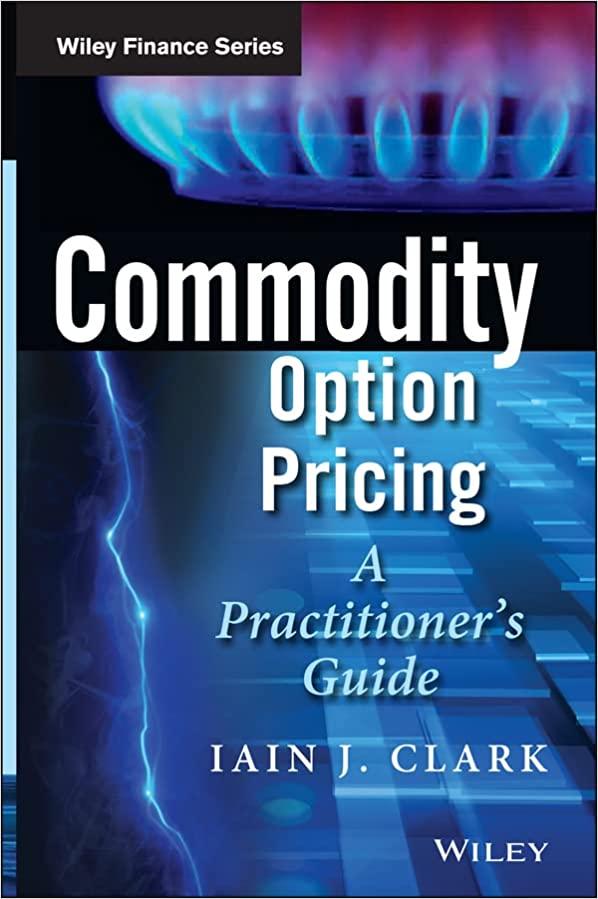1.Asset A has an expected return of 22% and a standard deviation of 26%. The risk-free rate is 9%. What is the reward-to-variability ratio? 2.The
1.Asset A has an expected return of 22% and a standard deviation of 26%. The risk-free rate is 9%. What is the reward-to-variability ratio?
2.The standard deviation of return on investment A is 24%, while the standard deviation of return on investment B is 19%. If the correlation coefficient between the returns on A and B is 0.263, the covariance of returns on A and B is _________
3.A stock has a correlation with the market of 0.54. The standard deviation of the market is 30%, and the standard deviation of the stock is 33%. What is the stock's beta?
4.Stock A has a correlation with the market of 0.45. The standard deviation of the market is 21%, and the standard deviation of the stock is 35%. What is the stock's beta?
5.An investor can design a risky portfolio based on two stocks, A and B. The standard deviation of return on stock A is 20%, while the standard deviation on stock B is 15%. The correlation coefficient between the returns on A and B is 0%. The rate of return for stocks A and B is 20% and 10% respectively. The standard deviation of return on the minimum-variance portfolio is ___________.
6.
Item 10
Which of the following is a correct expression concerning the formula for the standard deviation of returns of a two-asset portfolio where the correlation coefficient is positive?
Multiple Choice
-
2P < w21 21 + w22 22P2 < w12 12 + w22 22
-
2P = w21 21 + w22 22P2 = w12 12 + w22 22
-
2P < w21 21 w22 22P2 < w12 12 - w22 22
-
2P > w21 21 + w22 22
Step by Step Solution
There are 3 Steps involved in it
Step: 1

See step-by-step solutions with expert insights and AI powered tools for academic success
Step: 2

Step: 3

Ace Your Homework with AI
Get the answers you need in no time with our AI-driven, step-by-step assistance
Get Started


